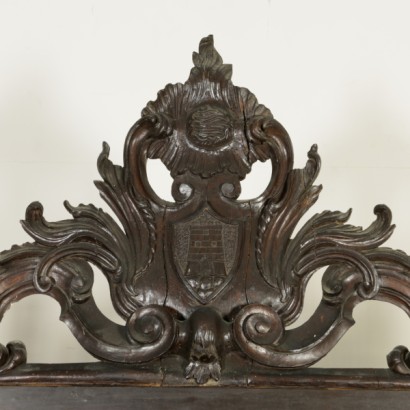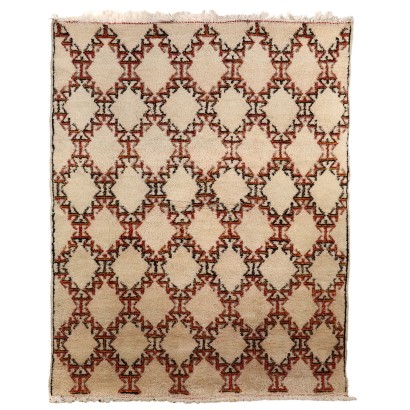Pair of Bookcases - Neo Renaissance
Features
Neo Renaissance
Style: Neo-Renaissance (1820-1890)
Age: 19th Century / 1801 - 1900
Year: Ultimo quarto '800
Origin: Italy
Main essence: Walnut
Description
A pair of late 19th Century Neo-Renaissance walnut bookcases with different carvings. Composed of various antique wood varieties. Two doors and sides with glasses. Richly carved with masks, pilasters with fruit, crest with coat of arms.
Product Condition:
Good condition. Wear consistent with age and use. Any damage or loss is displayed as completely as possible in the pictures.
Dimensions (cm):
Height: 301,5
Width: 179,5
Depth: 58
Additional Information
Style: Neo-Renaissance (1820-1890)
Nineteenth-century revival and revaluation of forms and stylistic features typical of the Renaissance.Find out more with the insights of our blog:
Classic Monday: a neo-Renaissance sideboard in dialogue with the past
The dictionary of antiques - Savonarola
INSERT ADDITIONAL LINKS
The Austrian taste of Baroque
Antiques and the history of collecting
Collecting in the 20th century
Age: 19th Century / 1801 - 1900
19th Century / 1801 - 1900Main essence: Walnut
Walnut wood comes from the plant whose botanical name is juglans regia , probably originally from the East but very common in Europe. Light or dark brown in color, it is a hard wood with a beautiful grain, widely used in antique furniture. It was the main essence in Italy throughout the Renaissance and later had a good diffusion in Europe, especially in England, until the advent of mahogany. It was used for solid wood furniture and sometimes carvings and inlays, its only big limitation is that it suffers a lot from woodworm. In France it was widely used more than anything else in the provinces. In the second half of the eighteenth century its use decreased significantly because mahogany and other exotic woods were preferred. It could also interest you

































